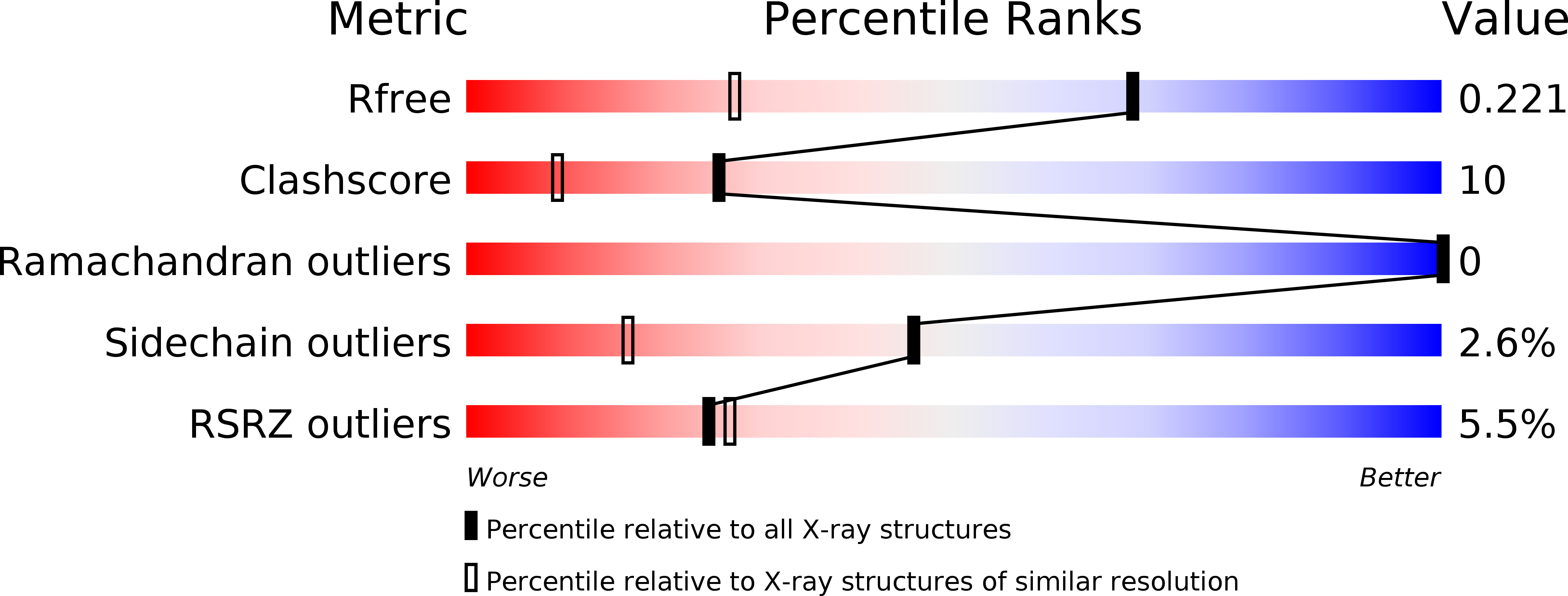
Deposition Date
2003-01-21
Release Date
2003-09-23
Last Version Date
2023-08-16
Entry Detail
PDB ID:
1NQ7
Keywords:
Title:
Characterization of ligands for the orphan nuclear receptor RORbeta
Biological Source:
Source Organism:
Rattus norvegicus (Taxon ID: 10116)
Host Organism:
Method Details:
Experimental Method:
Resolution:
1.50 Å
R-Value Free:
0.22
R-Value Work:
0.20
R-Value Observed:
0.20
Space Group:
P 21 21 21


